How to Design, Build, and Maintain Your Garden Walkway
A well-designed backyard pathway not only enhances the beauty of your outdoor space but also provides a functional route through your garden or yard. Whether you’re creating a simple path to connect different areas or a decorative walkway to highlight your landscaping, a backyard pathway can transform your outdoor area. Here’s a comprehensive guide to designing and building a beautiful and functional backyard pathway.
1. Plan Your Pathway
Before you start building, it’s essential to plan your pathway thoroughly:
- Determine the Purpose: Decide what you want your pathway to achieve. Is it for practical use, like connecting different parts of your yard, or for aesthetic purposes, like creating a visual focal point? This will influence the design and materials you choose.
- Select the Route: Choose a route that complements your garden layout. Consider the natural flow of your yard and avoid creating a path that feels awkward or forces you to navigate around obstacles. Use a garden hose or rope to lay out the path and visualize how it will look.
- Measure and Mark: Measure the length and width of your planned pathway. Mark the edges with stakes and string or spray paint. This will help you visualize the final path and ensure it fits well within your space.
2. Choose Your Materials
Selecting the right materials is crucial for both the functionality and aesthetics of your pathway:
- Natural Stone: Stones like flagstone, slate, or granite offer a classic, durable look. They come in various shapes and sizes and can be arranged in a pattern that suits your style.
- Pavers: Concrete or brick pavers are versatile and come in a wide range of colors and designs. They are easy to install and replace, making them a popular choice for many homeowners.
- Gravel: Gravel paths are easy to install and provide a rustic look. They are great for areas with good drainage but may require occasional replenishing.
- Stepping Stones: Stepping stones are a simple option that can be arranged in various patterns. They work well for informal paths and are easy to install.
- Mulch or Wood Chips: Mulch or wood chips create a natural, rustic look and are ideal for garden pathways. They provide a softer walking surface but may need to be refreshed periodically.
3. Prepare the Pathway Area
Proper preparation ensures a stable and long-lasting pathway:
- Clear the Area: Remove any grass, weeds, or debris from the pathway area. If the soil is compacted or uneven, loosen it with a shovel or a garden fork.
- Create a Base: For most pathways, a stable base is essential. Dig down a few inches to create a level base. For materials like pavers or stone, add a layer of gravel or crushed stone to improve drainage and stability. Use a tamper to compact the base material.
4. Install the Pathway
The installation process will vary depending on your chosen materials:
- For Pavers or Stones:
- Lay down landscape fabric over the base to prevent weeds from growing through.
- Place the pavers or stones in the desired pattern. Leave a small gap between each piece to allow for sand or grout.
- Once all pieces are in place, sweep sand or fine gravel into the gaps to stabilize them. Compact the surface with a tamper or plate compactor.
- For Gravel:
- Spread a layer of landscaping fabric over the base to prevent weeds.
- Pour gravel onto the fabric and spread it evenly. Use a rake to level the surface and a tamper to compact it.
- For Stepping Stones:
- Place the stones in your desired pattern. Ensure they are level and at an even height with the surrounding ground.
- Fill in any gaps with gravel or soil to secure the stones and prevent them from shifting.
- For Mulch or Wood Chips:
- Spread mulch or wood chips evenly over the prepared base. Use a rake to smooth out the surface and ensure it is level.
5. Edge the Pathway
Edging helps define the pathway and prevents materials from spilling over into your garden:
- Use Edging Materials: Consider using edging materials such as metal, plastic, or brick to create a clean boundary. Install the edging along the sides of your pathway, ensuring it is level and secure.
- Plant Borders: Alternatively, you can create natural borders by planting low-growing plants or ground cover along the edges of the path.
6. Maintain Your Pathway
Regular maintenance ensures your pathway remains attractive and functional:
- Clean Regularly: Remove debris, leaves, and dirt from your pathway regularly. Use a broom, leaf blower, or pressure washer to keep the surface clean.
- Check for Damage: Inspect your pathway periodically for any signs of damage or wear. Replace or repair any broken or uneven sections as needed.
- Weed Control: Keep weeds and grass from growing through the pathway by applying a weed barrier fabric or using herbicides if necessary.
7. Enhance with Lighting and Decor
Adding lighting and decorative elements can enhance the beauty and functionality of your pathway:
- Pathway Lighting: Install solar-powered or low-voltage lights along the pathway to illuminate it at night. This not only improves safety but also adds a charming ambiance.
- Decorative Accents: Consider adding decorative elements such as garden statues, planters, or small water features along the path. These accents can create visual interest and make your pathway more inviting.
8. Add Seating and Features
If your pathway leads to a particular area of your garden, consider adding seating or other features:
- Seating Areas: Place a bench, swing, or other seating options along the pathway or at its destination. This provides a place to relax and enjoy your garden.
- Garden Features: Add features like arbors, trellises, or sculptures to create focal points and enhance the overall design of your pathway.
By carefully planning, choosing the right materials, and following these steps, you can create a beautiful and functional backyard pathway that enhances your outdoor space. Whether you’re looking to improve accessibility, add visual appeal, or connect different parts of your garden, a well-designed pathway can make a significant difference in the overall look and feel of your backyard.
Recent Posts
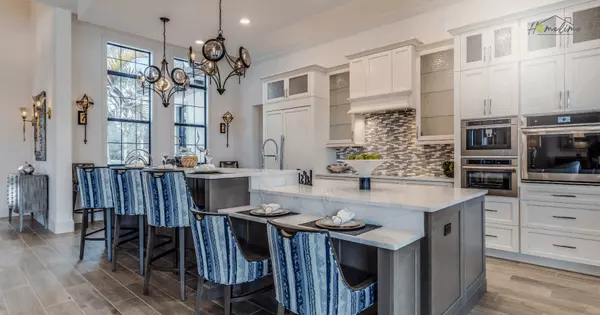
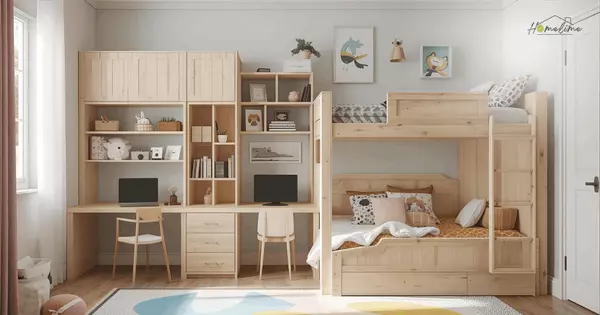


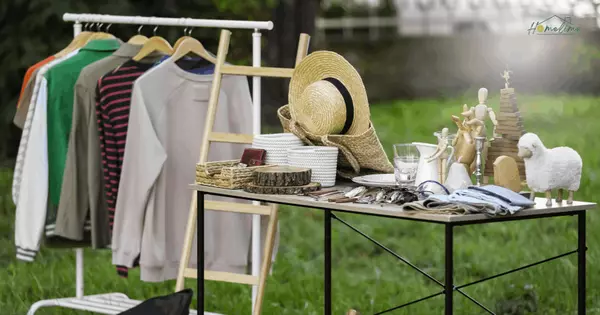
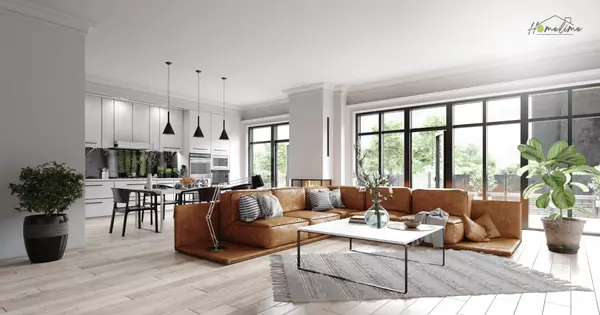
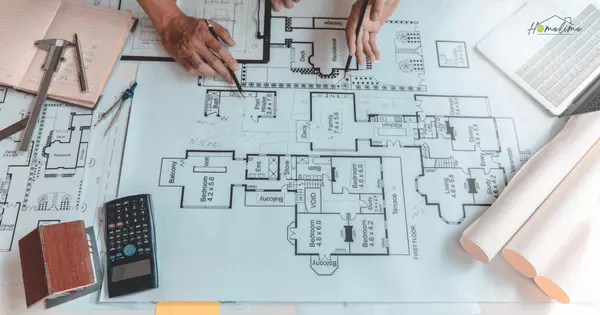
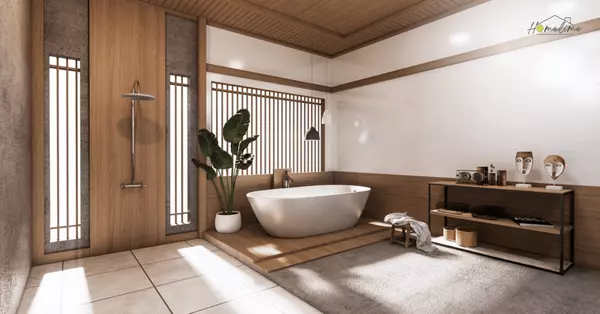

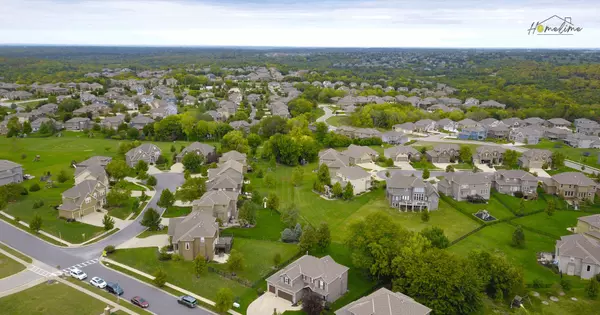
GET MORE INFORMATION


